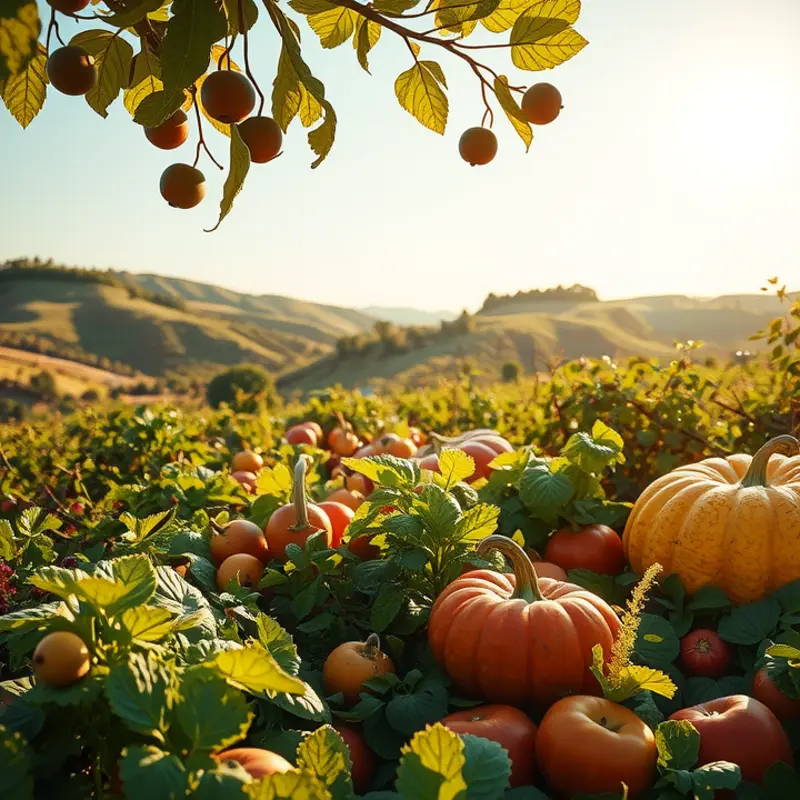Fluffy pancakes are a breakfast staple that everyone loves, but achieving that perfect texture can be tricky. Whether you’re a novice or an experienced cook, mastering the art of fluffy pancakes is within reach. With a few simple tricks and tweaks to your approach, you can serve up pancakes that are light, airy, and utterly delicious. Prepare to impress your family and friends with your newfound skills in the kitchen!
The Key Ingredients for Fluffiness

Creating the perfect fluffy pancake begins with selecting the right ingredients and mastering their proportions. This isn’t merely about mixing things together—each component plays a pivotal role in achieving that light and airy texture we’re all after.
Let’s start with flour, the backbone of any pancake batter. The type of flour you choose can greatly affect the texture. Opting for all-purpose flour ensures a balance that lends both structure and tenderness to the pancakes. However, if you’re aiming for a softer, more tender pancake, consider a lighter flour like cake or pastry flour. Maintain a gentle hand while mixing to avoid overdeveloping the gluten. Over-mixing can result in a tougher pancake.
Next comes the leavening agents, namely baking powder and/or baking soda. Baking powder is essential as it provides the rise needed for fluffiness. It releases carbon dioxide when it reacts with the liquid ingredients, creating bubbles that expand when heated. A general rule of thumb is about two teaspoons of baking powder per cup of flour. Be sure it’s fresh; stale baking powder won’t give your pancakes the lift they need. In certain recipes, buttermilk is used in combination with baking soda to achieve a similar effect. The acidity in the buttermilk activates the baking soda, providing a similar lift.
Eggs are another key ingredient that contributes to the structure and airiness of pancakes. The proteins in eggs help bind the batter, while their emulsifying properties create a smooth batter. For increased fluffiness, some cooks separate the yolks and whites, whipping the whites separately before gently folding them into the mix. This method creates additional volume and lightness.
Liquid ingredients, like milk or buttermilk, play a crucial role too. Not only do they hydrate the dry ingredients, but they also help incorporate air into the batter, aiding in the creation of a light texture. Buttermilk is often preferred for its slightly tangy flavor and thick consistency. If you’re making plant-based pancakes, alternative milks can be used, but be mindful that each variety can alter the flavor and texture. Discover more about easy plant-based eating options.
Finally, a pinch of salt enhances the flavor of your pancakes, balancing the sweet and savory notes. Though not directly affecting texture, it’s a small but important addition.
Understanding the recipe’s ratios is as crucial as selecting the right ingredients. A balanced ratio ensures pancakes are neither too dense nor too thin. Once you grasp the fundamentals of these ingredients, you can start experimenting with different flavors and variations, secure in the knowledge that your pancakes will always turn out fluffy and delightful.
Techniques for Achieving Fluffiness

Creating perfectly fluffy pancakes relies on mastering specific techniques during the cooking process. Understanding how to incorporate air and manage your batter are essential steps to elevate your pancake game.
The first crucial element is the mixing method. Start by combining the dry ingredients separately from the wet ingredients. This allows for an initial even distribution of leavening agents like baking powder. When it’s time to mix the wet and dry elements together, gently fold them using a spatula or large spoon. The goal is to blend until just combined — small lumps are acceptable. Overmixing will deflate your batter by removing the air, leading to dense pancakes.
Another secret to fluffy pancakes is letting the batter rest. After mixing, allow it to sit for at least 10 to 15 minutes. This resting period gives the baking powder time to activate fully, creating bubbles that will expand during cooking. Resting also lets the gluten relax, which improves the texture.
The cooking environment plays a pivotal role too. Proper pan temperature is key: you want a medium heat. Too hot, and your pancakes will burn on the outside before cooking through; too cool, and they won’t rise properly. If needed, adjust your stovetop heat by testing a small scoop of batter as a “trial pancake.”
Use the right flipping technique. Wait until bubbles form on the surface and the edges look set. This signaling time does require patience but ensures that the pancake doesn’t stick or tear. A thin, preferably nonstick spatula is ideal for flipping. Slide it completely underneath and flip the pancake in a single, confident motion.
Ultimately, the art of making fluffy pancakes combines these techniques with personal preference and practice. But each step ties together to ensure a delightful stack. Incorporating these methods can enhance any recipe, offering consistent results.
For additional tips on handling kitchen processes efficiently, refer to our guide on speedy seafood prep, which shares insights applicable to various cooking contexts. Refining your kitchen strategies across different dishes will contribute to your overall culinary proficiency.
Final words
By applying these simple tricks and techniques, creating deliciously fluffy pancakes at home becomes an enjoyable routine. Focus on using quality ingredients, fine-tuning your recipes, and practicing crucial cooking skills. Each flip of the pancake serves as a reminder of your growing expertise in the kitchen. Once you master the art of fluffy pancakes, you’re well on your way to becoming a breakfast champion. Don’t forget to get creative with toppings and fillings, and enjoy your fluffy stack with flavors that excite your palate!







